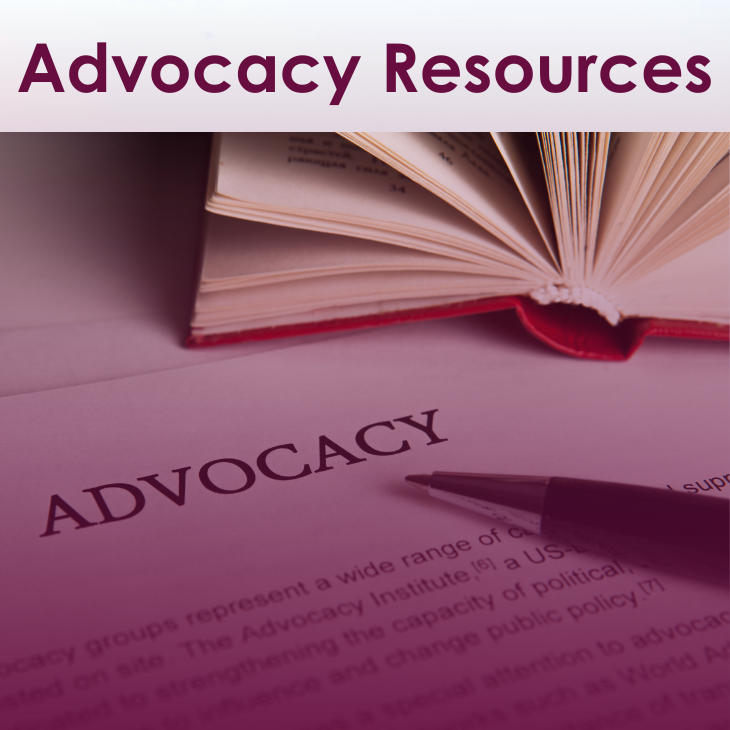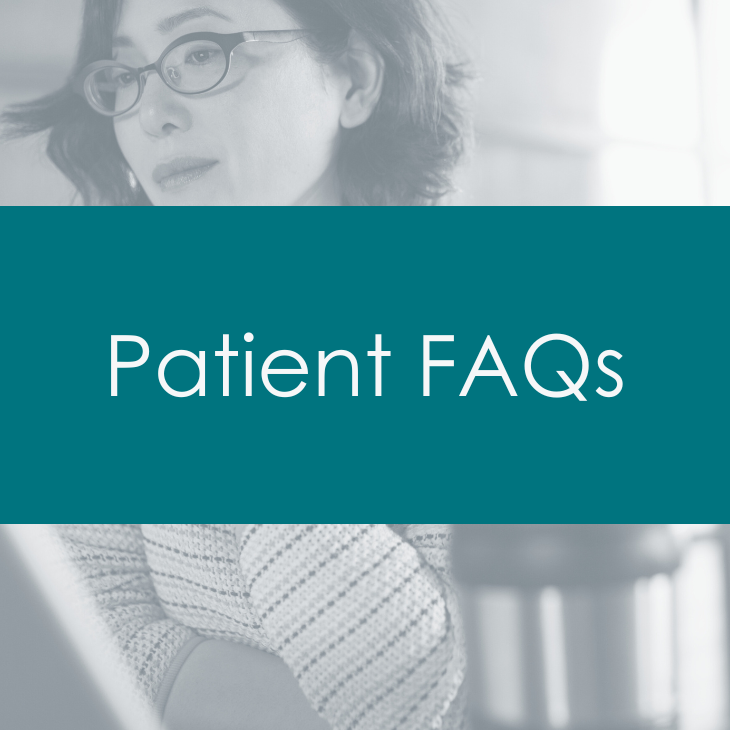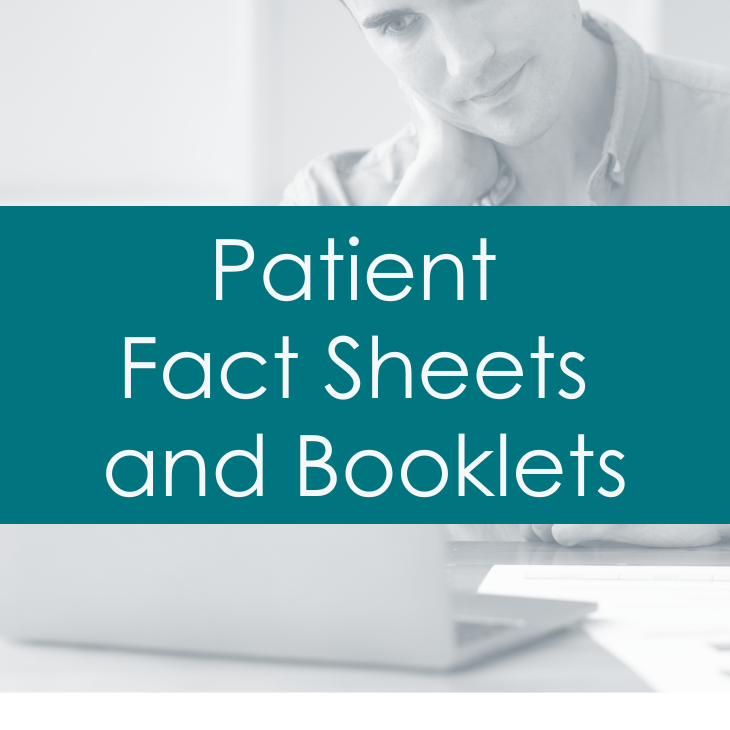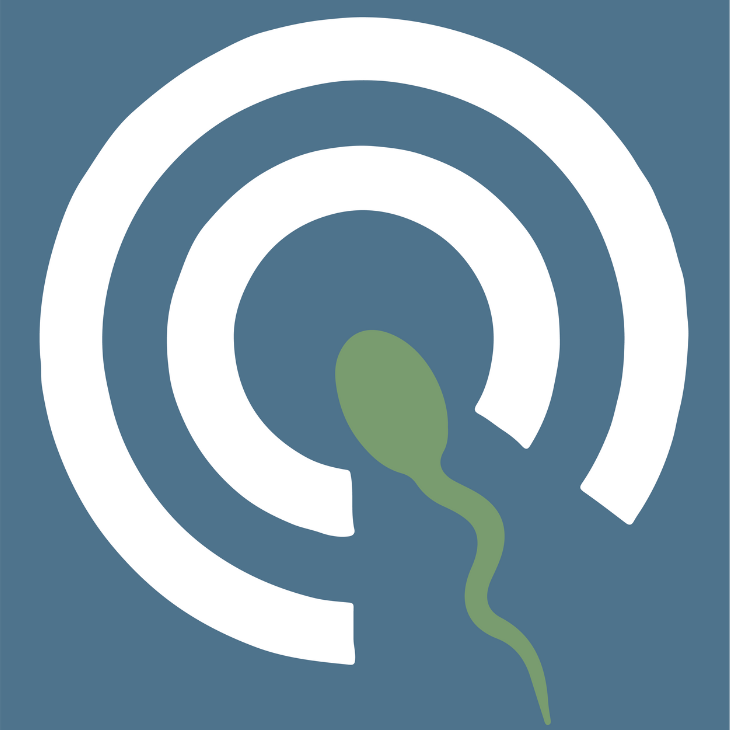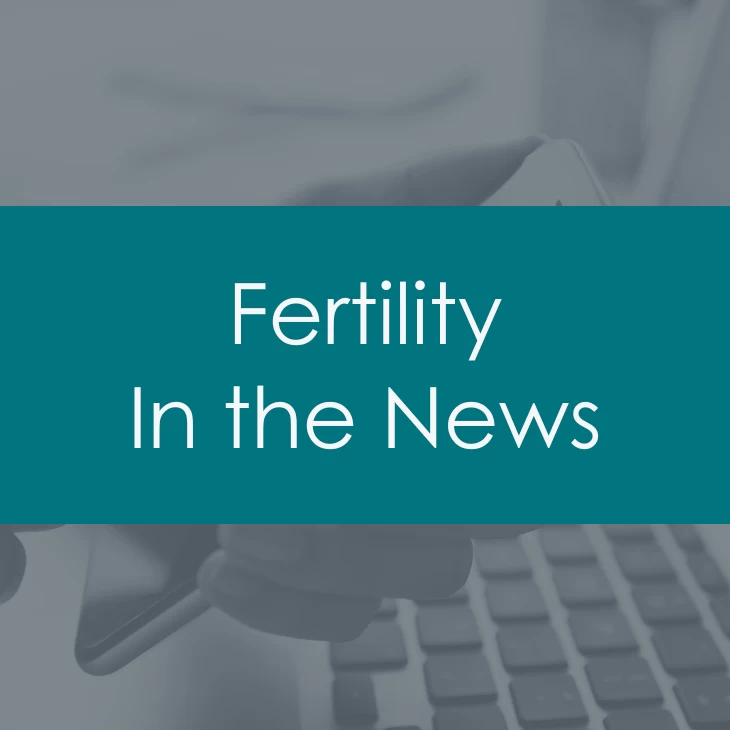
Güncelleme 2023
Menopoza geçiş süreci nedir?
Menopoza geçiş süreci (perimenopoz), bir kadının doğurganlık yıllarını ve menopozu birbirine bağlayan dönemdir. Bir kadın 1 yıl boyunca adet görmemişse menopozda olduğu söylenir. Menopoza girdikten sonra, yumurtalıklar esasen hormon üretmeyi bırakır ve kadınlar yumurtlayarak hamile kalma yeteneklerini kaybederler. Menopoz için ortalama yaş 51’dir.Menopoza geçiş sürecinde, kadınlar genellikle adet döngülerinde değişiklik, vajinal kuruluk, sıcak basması ve uyku sorunları yaşarlar. Bu semptomların bazıları her zaman olur, diğerleri gelir ve gider. Semptomlar hafif ila dayanılmaz olabilir ve günlük aktivitelere ve uykuya olumsuz etkileri olabilir. Perimenopoz her kadın için farklıdır ancak genellikle yaklaşık 5 yıl sürer.
Menopoza geçiş sürecinde hangi hormonal değişiklikler meydana gelir?
Bir kadının menopoza geçiş sırasında fark ettiği semptomların çoğu, değişen hormon seviyelerine bağlıdır. Bu değişimler adet döngüsünde ve uykuda değişikliklere, ayrıca sıcak basması (aniden gelen sıcaklık hissi, yüz ve vücutta kızarma, terleme ve bazen üşüme ile birlikte görülebilir) ve vajinal kuruluğa neden olabilir. Hormonlar dengeyi sağlamak için birlikte çalışır. Hormon seviyeleri yükseldikçe veya azaldıkça, beyindeki yumurtalıkları veya hipofiz bezini daha fazla veya daha az diğer hormonları üretmesi için tetikler. Bir kadın yaşlandıkça hormonal denge değişir.Inhibin
İlk hormonal değişikliklerden biri, inhibin adı verilen bir hormondaki azalmadır. Yumurtalıklar inhibin üretirler ve hipofiz bezine daha az folikül uyarıcı hormon (FSH) üretmesini söylerler. İnhibin hormonu seviyeleri düştükçe FSH seviyeleri yükselir. Bu hormonların kan seviyelerindeki değişiklikler, bir kadın menopoza geçişe başlamadan aylar veya yıllar önce bulunabilir.FSH
FSH, hipofiz bezi tarafından üretilir. Menopoza geçiş sürecinde seviyeler genellikle yükselir ve düşer. FSH seviyeleri bir gün çok yüksek, ertesi gün çok düşük olabilir. FSH seviyeleri yüksek olduğunda, yumurtalıklar daha fazla östrojen üretir. FSH seviyeleri düştüğünde östrojen seviyeleri düşer. FSH ve östrojendeki bu değişiklikler menopozdan aylar veya yıllar önce olabilir.Progesteron
Progesteron yumurtalık tarafından yapılır ve yumurtlamadan (yumurtalıktan bir yumurtanın salınması) sonra artar. Bir kadın daha az yumurtladığında, progesteron seviyeleri düşük kalarak adet döneminin gecikmesine neden olabilir.AMH
İnhibin hormonu gibi Antimullerian hormon (AMH), yumurtalıklar tarafından yapılır. Bir kadın yaşlandıkça, AMH seviyeleri düşer ve menopoza girmeden birkaç yıl önce tespit edilemez. Hormonal değişikliklerin kadından kadına değiştiğini anlamak önemlidir. Menopoz geçişinde yüksek FSH ve düşük AMH ve inhibin seviyeleri sıklıkla görülürken, bir kadının menopoz geçişinde olduğunu tahmin edebilecek veya teşhis edebilecek spesifik bir kan testi yoktur. Lütfen ASRM’nin Choosing WiselyTM (Bilinçli seçim) listesine bakın http://www.choosingwisely.org/ patient-resources/.Hangi semptomları yaşama ihtimalim daha yüksek?
Belirtiler kadından kadına büyük farklılıklar gösterir. Farklı zamanlarda ve farklı şiddet derecelerinde ortaya çıkabilirler. Aşağıdaki bilgiler yalnızca deneyimleyebilecekleriniz hakkında bir kılavuz niteliğindedir ve olası tüm semptomları kapsamaz.Adet düzeninde değişiklik
Yaş ilerledikçe kadınların adet düzeninde değişiklikler olur. Daha sık veya daha az sıklıkta, daha kısa veya daha uzun ve daha ağır veya daha hafif olabilirler. Yumurtlamanın hala gerçekleşebileceğini ve perimenopozdaki kadınların bazen hamile kalabileceğini bilmek önemlidir. Hamile kalmak istemeyen kadınlar, 12 ay boyunca adet görmeden doğum kontrolünü kullanmayı bırakmamalıdırlar.Bir kadının adet döngüsündeki değişiklikler oldukça yaygındır ve perimenopoz sırasında bu değişikliklerin oluşması beklenir. Bununla birlikte, kötüleşen kanama veya düzensiz kanama bir hekim tarafından değerlendirilmelidir. Anormal kanama, polipler, miyomlar, hiperplazi (rahim zarının aşırı büyümesi) ve hatta kanser gibi uterusla ilgili diğer sorunların sonucu olabilir.
Sıcak basmaları ve vajinal semptomlar (örneğin kuruluk, kaşıntı ve ağrılı cinsel ilişki)
Bu semptomlara genellikle düşük östrojen seviyeleri neden olur ve menopoz geçişinden aylar veya yıllar önce başlayabilir. Her üç kadından yaklaşık ikisinde bir noktada sıcak basması olmasına rağmen, bu semptomların zamanlaması, miktarı ve uzunluğu değişebilir. Sıcak basmalar aylardan birkaç yıla kadar sürebilir. Çoğu kadın için bu semptomlar yavaş yavaş iyileşir. Vajinal semptomlar zamanla artabilir. Vajinal kuruluk özellikle cinsel ilişki sırasında fark edilebilir. Uygun şekilde yönetilebilmesi için rahatsız edici değişiklikleri doktorunuza söylemeniz önemlidir.Ruh hali belirtileri/uyku bozuklukları
Perimenopoz sırasında bazı kadınlarda uyku, unutkanlık ve depresyon/ endişe sorunları da olur. Cinsel dürtüde (libido) azalma da oldukça yaygındır. Bu semptomların birçoğu östrojen seviyelerinin düşmesinin bir sonucu olabilirken, başka tıbbi durumların da bir işareti olabilir. Bu belirtilerden herhangi birini yaşarsanız, uygun bakımı almak için lütfen doktorunuzla konuşun.Perimenopozal semptomlar için hangi tedaviler mevcuttur?
Kanama sorunları
Tedaviye başlamadan önce kapsamlı bir değerlendirme yaptırmalısınız. Anormal kanama perimenopozun hormonal değişikliklerinden kaynaklanıyorsa, östrojen ve/ veya progesteron tedavisi haplar, iğneler, yamalar veya rahim içi araç (RİA, spiral) şeklinde uygulanabilir.Sıcak basmaları
Östrojen içeren ilaçlar, yamalar, jeller veya spreyler kullanmak, sıcak basmalarının giderilmesinde çok faydalıdır. Rahmi olan kadınlar, tek başına östrojenin uzun süreli kullanımından kaynaklanabilecek rahim zarındaki kanser öncesi değişikliklere karşı koruma sağlayan ilaçlar da almalıdır. Bazı kadınlar için bitkisel ilaçlar veya akupunktur biraz yardımcı olabilir, ancak bunların tüm kadınlar için işe yaradığına dair çok fazla tıbbi kanıt yoktur. Son olarak, tipik olarak başka nedenlerle kullanılan bazı ilaçlar (antidepresanlar ve merkezi sinir sistemi ilaçları) sıcak basmalarını da hafifletebilir. Uyku veya ruh hali ile ilgili sorunları olan kadınlara da yardımcı olabilirler. Kafein ve alkolden uzak durmak, çevreyi serin tutmak ve daha hafif giysiler giymek gibi yaşam tarzı değişiklikleri semptomları azaltabilir. Hormon tedavisinin sizin için doğru seçim olup olmadığı konusunda doktorunuzla konuştuğunuzdan emin olun.Vajinal semptomlar
Kadınlar genellikle hormon ilaçları (hap, yama, jel, krem veya sprey olarak) kullanarak vajinal kuruluk ve rahatsızlıktan kurtulurlar. Vajinal nemlendiriciler veya kayganlaştırıcılar da bu semptomların giderilmesinde yardımcı olabilir. Lütfen herhangi bir vajinal semptom hakkında doktorunuzla konuştuğunuzdan emin olun. Bu semptomlar, başarılı bir şekilde tedavi edilmesi en kolay olanlardan bazılarıdır ve en az yan etkiye sahiptir.Turkish Fact Sheets
View more fact sheets and booklets written by the ASRM Patient Education Committee and translated by the Turkish Society of Reproductive Medicine.Abnormal Uterine Bleeding
More on the topic of Abnormal Uterine Bleeding
Reproductive Aging
Menopause
Find a Health Professional
Connect with reproductive medicine experts who will guide you through your unique journey. Our search tool allows personalized matches based on location, specialization, and expertise. Take control of your reproductive health with compassionate providers, innovative treatments, and unwavering support.
Search for an Expert

